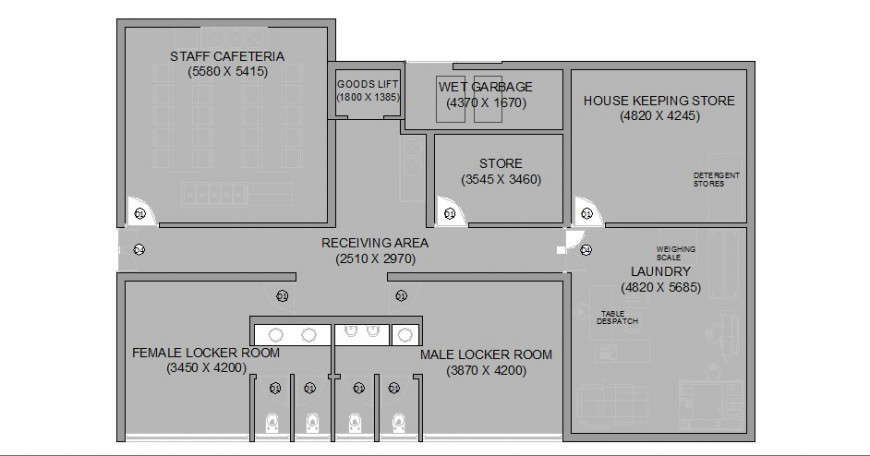


Owning a copyright grants you the exclusive rights to: (i) copy the plan, (ii) produce other custom plans off of the original plans and (iii) most importantly, build the plans. By owning a copyright, you and you only control it. Without your permission the customer that walked through your custom built spec home or surveyed your floor plan at the home show, cannot reproduce your plans or construct the same home, without potentially being liable for copyright infringement and damages to you.Įven with these protections available to you, there are additional steps that you should consider taking to notify others of your rights in the plans, prior to and after developing the plans. Keep in mind that to obtain copyright protection though, your plans should have some uniqueness or originality to them. The plans should be developed by you and not developed off another third party’s custom plans or a copy of a unique house you toured. Copyright protection is provided within the unique, non-functional elements of your plans. The plans you wish to protect should consist of more than mere functional, standard arrangements present in every “cookie-cutter” type home plan. Your standard split level starter home, absent some substantial customization, likely will not include many elements protected by copyright. Regrettably, this happens all too often within the residential construction industry, but by understanding what is protected under copyright law and by taking additional steps and precautions during the initial design phase, you as a builder can be better positioned to prevent or even stop a customer from copying your plans. By having a general knowledge of copyright law, you also will protect yourself from unwanted, time consuming and potentially costly copyright infringement claims.Ĭopyright law protects any unique expression fixed in a tangible medium. This means that generally anything ORIGINAL that you draw, write, type, paint, record or digitally produce is protected by copyright law the moment you put it to paper, save it in the “cloud” or even draw it on the back of a napkin. This includes custom floor plans, drawings and sketches that you develop. By simply drawing a unique floor plan, you, as the author of that plan, own the copyright in it. If you are in the custom design build industry, you may have had the unfortunate experience of walking a potential customer through your spec home or sharing custom floor plans with them, only to find that months later the same customer has constructed your plan with another builder.


 0 kommentar(er)
0 kommentar(er)
